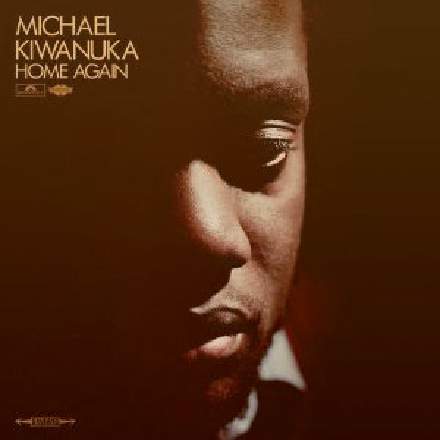
After reading about Paul Butler’s production style back in this Sound On Sound magazine article, I eagerly ordered Michael Kiwanuka’s album to hear the results. The eponymous single is as good a place as any to get acquainted with this wonderful-sounding record, and it’s also full of production gems. I was particularly intrigued to hear the string sound Butler achieved by layering up a lone violinist (Andy Parkin), which is a dodge that my readers regularly ask about. My view is that the care he took in using two different violins, three contrasting mics and a selection of miking positions to differentiate all the overdubbed layers definitely paid off, because the final timbre and blend feel not only in keeping with the production as a whole, but also rather lovely in their own right. (For more tips on budget-conscious arranging and recording for strings, check out this big Sound On Sound magazine feature.) The way that background hiss enhances the production is also very effective, to my ears, and I’m convinced that a cleaner recording would actually have made Kiwanuka’s voice (and the whole mix) feel a lot less airy than it actually does.
However, the aspect of this track that’s grown on me most with repeated listens is the guitar part. Perhaps it’s because I’ve endured far too many uninspired ‘sing and strum’ demos and open-mic nights from budding singer-songwriters, but it feels like a breath of fresh air to have Kiwanuka singing over a less threadbare figuration, especially one as endearingly childlike as this. But there’s more to it than innocence, because there’s a nice sprinkling of semitone dissonance in the chord at 0:08, for instance, and an unusual wide-spaced open fifths texture at 0:15 and 0:50. At 0:29, he introduces some little neighbour notes in the pattern’s high voice, following that up with an even nicer middle-voice oscillation at 0:37. The break in the rhythmic pattern at 0:45 then serves to draw attention to the lyric “close my eyes, won’t look behind”. These features may seem almost laughably basic on the face of it, but the measure of their success for me is that when Kiwanuka comes to rest for a couple of bars on the same triad the song opened with (at 1:02), it manages to feel like a real contrast.
It’s also interesting to hear that foot-tap again, which is perfect for its context, and although some people reading the Sound On Sound article might think the producers had their heads up their arses spending so much time recording and rerecording that, I for one am glad they nailed what they were looking for.
Another little detail that really hit me just now is the high rhodes chords at 2:00-2:10: such a subtle and simple addition, but brilliantly judged in terms of reinforcing the lyric at that moment – the sun breaking through the clouds just at the right instant.
I had such fun listening to this that I let my tea go cold. A small price to pay.










